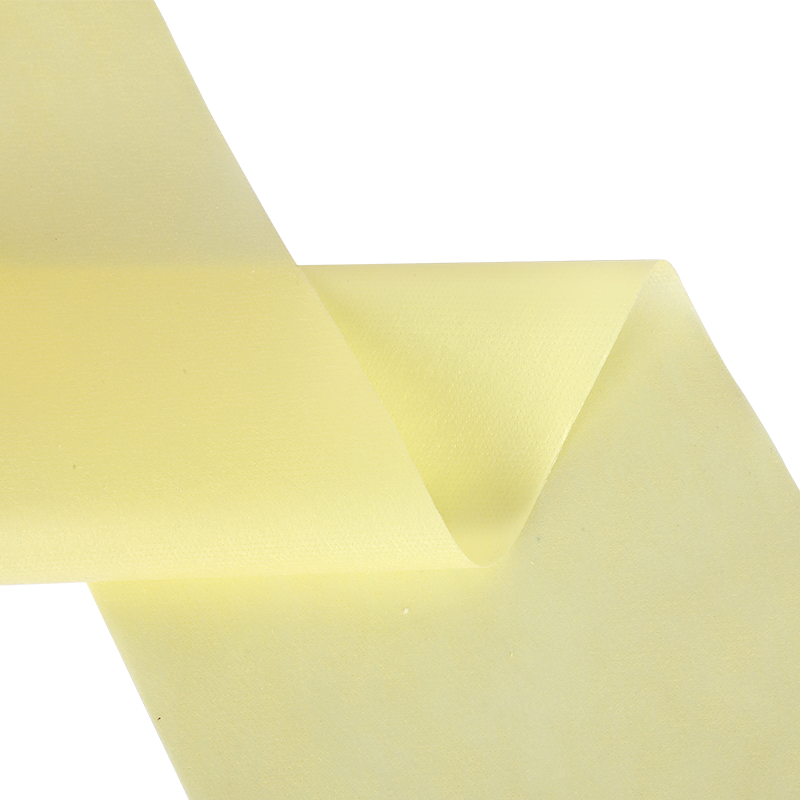How does the water repellency function of
Filament Non-Woven Fabric make a contribution to advancements in the production of defensive clothing and scientific textiles, and what key concerns ought to producers maintain in mind when optimizing this feature?
Water repellency in Filament Non-Woven Fabric is a essential function that notably influences its application in diverse industries, particularly within the manufacturing of defensive clothing and scientific textiles. The potential of these fabrics to repel water performs a pivotal function in improving the overall performance and functionality of the final merchandise. Let's delve into how water repellency contributes to advancements in these industries and the issues that manufacturers want to undergo in thoughts.
Contributions to Protective Clothing:
Barrier in opposition to Liquids:
Water repellency in filament non-woven fabrics creates a barrier in opposition to drinks, which include water and other aqueous answers. This characteristic is specially essential in protecting garb, where publicity to drinks, chemicals, or biological fluids is a common danger. The repellent nature of the fabric allows prevent penetration, preserving the integrity of the protective garment.
Enhanced Comfort and Safety:
Water repellency contributes to the overall comfort and protection of individuals sporting protective apparel. It prevents saturation of the material, that could cause soreness and compromised protection. The repellent floor ensures that the garb stays dry, even in tough environments, enhancing the wearer's consolation and safety.
Extended Lifespan:
The water repellent property additionally contributes to the sturdiness of defensive apparel. By preventing the absorption of drinks, the fabric is less vulnerable to degradation, mildew boom, and bacterial contamination. This, in flip, extends the lifespan of the protecting clothes, making them greater cost-powerful for each manufacturers and quit-customers.
Applications in Medical Textiles:
Infection Control:
In scientific textiles, water repellency is instrumental in infection control. Fabrics with water repellent homes act as a further barrier in opposition to physical fluids and microorganisms, lowering the danger of contamination for healthcare specialists and patients.
Maintaining Sterility:
Water repellent medical textiles are important in retaining sterility in surgical and healthcare settings. The repellent floor prevents the penetration of liquids, making sure that the sterile environment isn't compromised during medical tactics.
Improved Cleaning and Disinfection:
Water repellency enables simpler cleansing and disinfection of clinical textiles. The repellent floor prevents the absorption of fluids, taking into consideration more effective cleansing strategies with out compromising the cloth's integrity.
Key Considerations for Manufacturers:
Balancing Repellency with Breathability:
Manufacturers have to strike a stability between water repellency and breathability. While it is essential to repel liquids, it is equally important to ensure that the cloth lets in ok airflow to keep consolation, in particular in programs wherein the material is in direct contact with the skin.
Durability and Long-Term Performance:
Considerations for the durability of water repellency are paramount. Manufacturers should discover treatments and technology that provide lengthy-term overall performance, ensuring that the repellent homes resist more than one makes use of and cleansing cycles.
Environmental Impact:
The environmental impact of water repellent treatments ought to be taken into consideration. Sustainable and green options ought to be explored to align with the developing demand for environmentally aware practices in manufacturing.
Regulatory Compliance:
Manufacturers should adhere to enterprise regulations and requirements, especially in the case of medical textiles and shielding apparel. The repellency remedies applied should meet or exceed applicable safety and overall performance standards.
In conclusion, water repellency in Filament Non-Woven Fabric contributes considerably to the advancement of protective garb and clinical textiles, enhancing safety, comfort, and usual performance. Manufacturers, but, want to cautiously navigate the balance among repellency and other critical traits, ensuring that the cease merchandise meet industry standards and contribute to sustainable and accountable manufacturing practices.
 Filmed Non-woven fabric
Filmed Non-woven fabric
